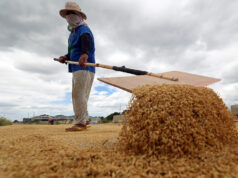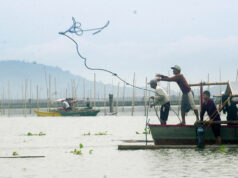PRDP targets 30% farm income gains
DAVAO CITY — The Philippine Rural Development Project (PRDP) is targeting a 30% increase in income for its beneficiaries before the end of its sixth year of implementation in 2020.
The World Bank-funded project, with the Department of Agriculture as main implementing agency, has so far monitored a 15% income improvement since the launch in 2014, particularly among the “beneficiaries of the farm-to-market road projects,” the PRDP said in a statement, citing a December 2018 report.
For beneficiaries of agri-enterprise projects, the increase is even higher at around 30%.
The farmers who directly bring their produce to the market and have benefitted from the improved access, totalling about 700,000, saw a 15% rise from the average baseline annual income of P53,311 per household when the project started in 2014.
“For the first time in decades, we can finally transport our crops with ease and without delay. We are inspired to improve farming and expand our farms,” Clemente Pontejos, a farmer in Damulog, Bukidnon, was quoted as saying in the PRDP statement.
Last month, a team from the World Bank rated the accomplishments of the PRDP in Mindanao, which has 248 approved projects, as satisfactory, noting on-time completion rates and compliance with specified standards.
PRDP also reported that the achievements of the program so far, aside from the reduction of travel time between farms and markets by about half, are a 13% reduction in hauling costs, and a 184% increase in trading activity.
“Even buyers, who shied away from our farms before because it was bumpy and muddy during rainy days, are now flocking here, waiting for our harvest of cardava banana and vegetables,” said Mr. Pontejos.
PRDP has about a P15.4-billion portfolio in Mindanao for infrastructure development, agri-enterprises, and local capacity improvement.
The biggest portion of the funding is for infrastructure development at P14.8 billion, which also represents a third of the total PRDP allocation for infrastructure projects nationwide.
About P387 million of the balance is budgeted for 82 agribusiness projects, and the rest for capacity-building activities for the beneficiaries. — Carmelito Q. Francisco



